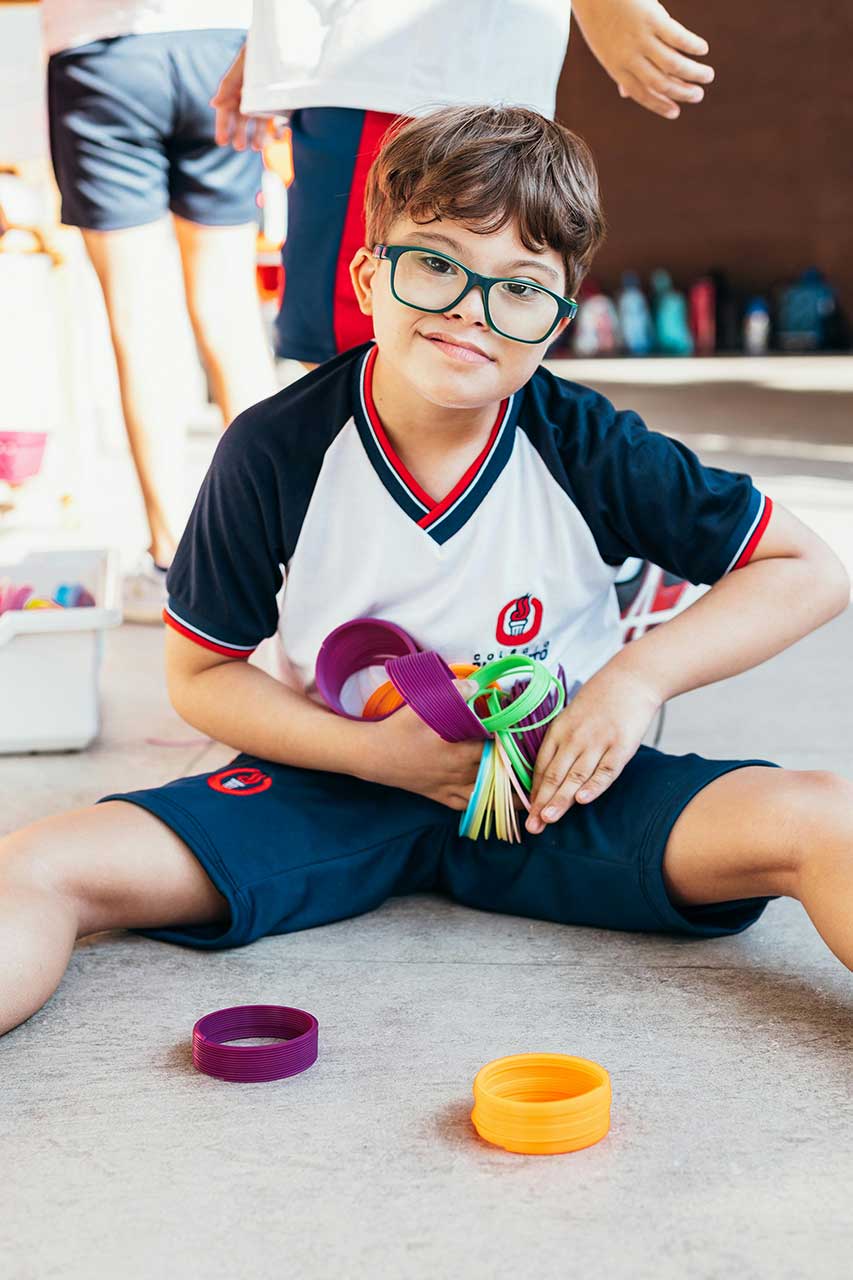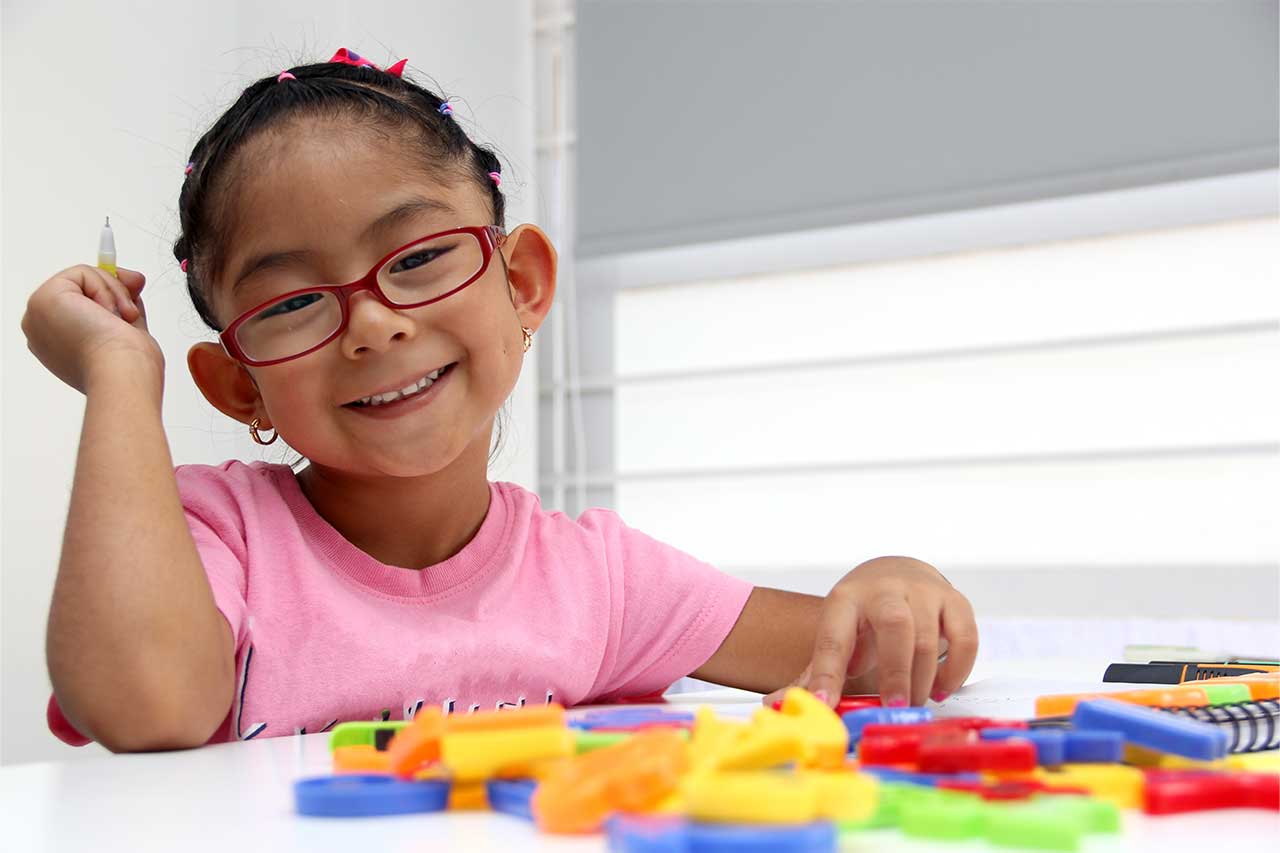Enhancing ABA Therapy Using Practical Functional Assessment & Skill-Based Treatment
ABA (Applied Behavior Analysis) therapy is an evidence-based, data-driven approach that focuses on understanding and improving behaviors through the principles of shaping and differential reinforcement. It is well-established as being excellent for teaching new skills, promoting tolerance, and reducing maladaptive or harmful behaviors. While not limited to those with ASD (Autism Spectrum Disorder), ABA therapy is a proven modality for autistic learners of all ages.
The key to the effectiveness of ABA therapy is its high degree of personalization – interventions are tailored to the specific learner, targeting their particular behavioral goals and challenges.
Those prone to exhibiting challenging or severe problem behaviors, such as aggression, self-injury, or disruptive behaviors, often benefit from Practical Functional Assessment (PFA) and Skill-Based Treatment (SBT), both ABA tools in the therapist’s toolkit.
In this article, we’ll discuss what PFA is and the process of administering it; what SBT is and how it is implemented; and the benefits of using PFA and SBT.

What is Practical Functional Assessment (PFA) in ABA?
Practical Functional Assessment is a flexible and adaptable way to figure out why certain challenging behaviors happen. It is done by closely watching how these behaviors change in response to different situations or environments with the goal of identifying the specific triggers (antecedents) and consequences that reinforce the problem behavior.
Some years ago, when autism was far less understood, children who exhibited challenging behaviors were called troublemakers, difficult, bad, and even emotionally disturbed or mentally ill. They were stigmatized and punished, instead of supported. Fortunately, we now understand that many kids are coping with neurological or developmental challenges that yield behaviors they can’t control.
PFA, then, provides a compassionate assessment that considers the individual’s unique experiences and circumstances, and allows for the development of more effective, humane interventions. This approach helps avoid the use of aversive or punitive methods and focuses on understanding the person’s needs.
It is also more modern in its approach to identify the cause of a behavior without triggering the behaviors through an experimental design. Instead, the observers look for precursor behaviors, or signs, that a harmful behavior might happen if they follow-through with the demand.
For example, if the client typically yells before hitting their head, the assessor would look for any instances of yelling. As soon as those precursors are observed, the observer provides reinforcement to the client, which quickly returns them to a calm and safe state. Triggering a behavior to learn more about it can be distressing, so PFA is intentional to avoid this.
The PFA Process
The multi-step Practical Functional Assessment helps therapists understand the function of certain behaviors, such as avoiding a task, seeking attention, or accessing something desirable. Assessment results inform the development of personalized interventions that teach more appropriate behavior alternatives, with the ultimate goal being to replace harmful behaviors with safe alternatives, thereby improving the individual’s quality of life and their ability to engage with others.
Depending on the learner and the complexity of their behaviors, the assessment may take more than one observation to complete.
1. Open-Ended Interview
Caregivers, teachers, or family members are interviewed to gain a better understanding of the context and circumstances surrounding the challenging behaviors.
2. Initial Observations
The learner’s behavior is observed in natural settings to identify possible triggers and consequences in different environments. These observations help form hypotheses about the function of the behavior.
3. Test-Control Analysis
Specific environmental conditions are alternated in a controlled manner (test vs. control conditions). For example, during the test condition, triggers that might cause the behavior are presented in a slow, gradual manner, while in the control condition, the learner is given preferred activities, attention as desired, and any other potential reinforcers without any demands present. The goal is to see how behavior changes based on these variations and how quickly the learner returns to a happy, relaxed, and engaged state when reinforcers are returned.
4. Refining Hypotheses
Based on how the individual responds to different conditions, the specific function or motivation behind the behavior (e.g., escape, attention, access to tangibles) is identified.
5. Intervention Planning
Once the function of the behavior is known, the information is used to create a personalized intervention plan, typically through Skill-Based Treatment, which focuses on replacing challenging behaviors with more adaptive skills.

What is Skill-Based Treatment (SBT) in ABA?
Skill-Based Treatment is a targeted intervention that teaches learners to use safe and functional skills to meet their needs as a replacement for unsafe, harmful, or disruptive behaviors that previously helped them access their needs. SBT is developed based on the information gathered during the PFA process. The duration of SBT varies depending on the learner’s specific needs and the complexity of the challenging behaviors. On average, the process can take anywhere from several weeks to several months. However, the timeline depends on factors such as:
- The severity of the behavior
- How quickly the learner shows competency with replacement skills
- The consistency of reinforcement across settings (home, school, etc.)
In some cases, SBT may be an ongoing process, with continued adjustments to the treatment plan as new skills are learned and problem behaviors are reduced. The key is to progress at the individual’s pace while ensuring that the new skills are fully generalized to different environments and people.
Steps in SBT Implementation
Positive reinforcement is a key component of SBT. By reinforcing the positive behavior, the learner is more likely to repeat it, reducing the need for challenging behaviors.
1. Teaching Replacement Skills
The learner practices skills that serve the same function as the challenging behaviors. These skills are taught in a controlled setting using clear discriminative stimuli (SDs) that signal when and how to use the new skill. For example, if the behavior is an attempt to escape a task, the replacement skill might involve asking for a break or requesting help.
“Shaping” is the core strategy of SBT, which helps an individual to gradually gain communication, tolerance, and cooperation skills over the duration of the intervention. This is beneficial for learners who engage in dangerous behaviors because shaping allows them to build skills in small steps, rather than instructing them to do their least-preferred tasks from day one.
Instead, SBT breaks down non-preferred tasks into several smaller steps and builds the learner’s confidence and tolerance to cooperate with each of them. These steps include, simple communication, complex communication, accepting “no,” relinquishing preferred items, transitioning to the location of a task, and cooperating with a varied number of tasks.
2. Positive Reinforcement
When the individual uses the replacement skill, they are immediately rewarded with positive reinforcement, such as praise, access to a preferred item, or attention. Reinforcement increases the likelihood that the individual will use the new skill instead of engaging in the challenging behavior.
3. Generalization
Once a new skill is established in a controlled environment, the goal is to help the learner generalize the skill to different settings (e.g., at home, in school) and with different people (e.g., parents, teachers). This step ensures the skill is useful in the learner’s daily life.
SBT is programmed to be unpredictable for the learner, which helps establish generalization from the start. Whenever a learner is practicing new skills with SBT, they never know how much of a non-preferred task they will be asked to do.
Sometimes, their therapist will tell them they can “have their way” after they relinquish their toy when asked. Other times, their therapist will follow through with the entire non-preferred task. This simulates the natural environment because there are times in life when a caregiver or employer will say “yes” to a request, there are times when they will say “no,” AND there are times when they will change their mind! This also keeps learners motivated to participate with the intervention because they don’t know what answer is coming next.
4. Monitoring & Adjusting
The BCBA (Board Certified Behavior Analyst) continually monitors the individual’s progress and adjusts the SBT plan as needed. If the new skills are not being generalized effectively or if additional problem behaviors arise, further adjustments can be made to the treatment plan.
Data is collected regularly to track the success of the interventions and determine whether the replacement skills are effectively reducing the problem behavior.
5. Fading Support & Maintaining Skills
As the learner becomes more independent in using the new skills, the therapist gradually fades support, allowing them to use the skills with less prompting or reinforcement. Maintenance strategies are put in place to ensure that the new behaviors are sustained over time.

10 Benefits of Using PFA & SBT
The combination of PFA and SBT is particularly useful for individuals whose behaviors interfere with learning, social interaction, or daily functioning. PFA and SBT are often used for children, adolescents, and adults on the autism spectrum who have not responded well to more traditional behavior interventions.
- Individualized treatment – tailored to each learner
- Compassionate and respectful approach – avoids punitive measures
- Functional and long-lasting results – teaches adaptive skills
- Reduction of challenging behaviors – targeted intervention
- Focus on positive reinforcement – encourages desired behaviors
- Improved quality of life – better communication and independence
- Generalization of skills – applicable across settings
- Collaborative and data-driven – involves caregivers and support staff
- Reduces reliance on external support – fosters greater autonomy
- Ethical and safe intervention – focuses on well-being
If your child is struggling with challenging behaviors that affect their daily life, ABA therapy enhanced with PFA and SBT can provide an empathetic, personalized approach to creating long-lasting, meaningful change. By addressing your learner’s unique needs, the ABtA therapy team can help them thrive at home, school, and in the community, giving them the tools to communicate and succeed in everyday situations.
We can also help parents and caregivers experience joy and peace at home through our Balance Program.
Assistance is just a click away – request services or contact us! Support starts here.





